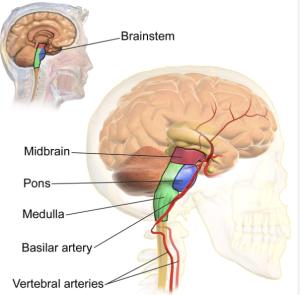In a Letter Choi *et al.* from the Korea University Anam Hospital, Seoul published in the Journal Clinical Neurophysiology they proposes a novel “Trigemino‑Vocal Reflex” as a potential marker of brainstem integrative function. The concept is introduced, but no data or methodology is shared in this letter format—its validity and clinical relevance remain unproven 1). 2)
1. **Content**
– The paper merely *introduces* the term “Trigemino‑Vocal Reflex” without specifying stimulation parameters, recording techniques, patient cohort, control populations, or results. – Without any empirical data or case illustration, this contribution feels speculative and lacks evidence.
2. **Tone & Structure**
– Tone is descriptive yet vague; structure follows a bare-bones letter format. – It lacks the usual sections (Methods, Results, Discussion) crucial for neurosurgical interpretation or application.
3. **Accuracy & Rigor**
– Impossible to assess validity—no methodology, no quantitative measures, no reliability information. – We have no idea whether reflex latency/amplitude changes exist, whether they correlate with pathology, or how reproducible these findings are.
4. **Utility for Practicing Neurosurgeons**
– As is, this letter offers zero clinical utility: no guidance for intraoperative monitoring, patient prognosis, or diagnostic use. – The concept might be interesting, but without data it remains academic fluff.
Verdict
* Overall verdict: Too premature for any clinical integration. * Takeaway: A hypothesis without data—wait for a full study with rigorous neurophysiology. * Bottom Line: Introduces a reflex concept but lacks any actionable content—worth watching, not using. * Rating: 2/10 (interesting concept, zero substantiation).
Bibliographic Citation
“Trigemino‑Vocal Reflex: A potential indicator of brainstem integration”, *Clin Neurophysiol.* 2025 Jun 14;2110796. doi:10.1016/j.clinph.2025.2110796 Choi, J. (corresponding author) — doongule@gmail.com
References
